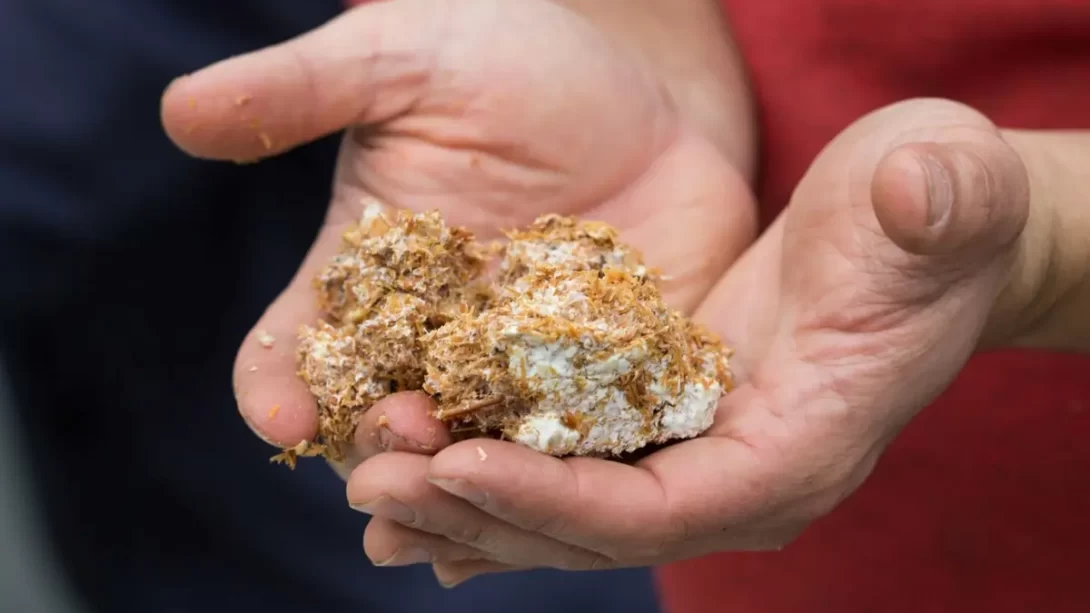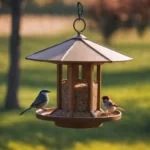Mushroom cultivation is a rewarding venture that begins with the creation of a suitable substrate. The substrate serves as the nourishing bed where mushrooms grow, akin to soil for plants. Different types of mushrooms require specific substrates for optimal growth, and understanding these needs is crucial. This guide will provide a comprehensive overview of how to make a mushroom substrate, tailored to support the growth of various mushroom species.
Substrate Components
A variety of materials can be used as the base for a mushroom substrate, including straw, wood chips, manure, and compost. Each of these components offers different nutrients and benefits. For example, straw and wood chips are excellent for many gourmet mushroom varieties, while manure and compost are preferred for species like button mushrooms. Selecting the right components is essential for the specific type of mushroom you plan to grow, as it greatly influences the success of your cultivation.
Preparing the Base Material
Once you’ve chosen your base material, the next step is preparation. If using straw or wood chips, they need to be pasteurized to kill any harmful bacteria or fungi. This can be done by soaking them in hot water at around 160-170°F (71-77°C) for an hour. Ensure the material is completely submerged, using a weight if necessary. After pasteurization, drain the material and let it cool to room temperature. The goal is to clean the base material of any contaminants that could hinder mushroom growth.
Adding Nutritional Supplements
To boost the nutritional content of the substrate, supplements like gypsum or wheat bran can be added. Gypsum helps prevent the substrate from becoming too dense and improves its structure, while bran increases the nutrient content. The ratio of supplements to base material varies, but a general guideline is to add about 2% of the substrate’s weight in gypsum and 10-20% in bran. Thoroughly mix these supplements with the base material to ensure even distribution.
Moisture Content and pH Balance
The moisture content of your substrate is critical. It should be moist but not soggy, with a content of around 60-70%. You can test this by squeezing a handful of substrate – it should hold together without dripping water. The pH is also important and should be adjusted according to the mushroom species. Most mushrooms prefer a slightly acidic to neutral pH (around 6.0-7.0). You can adjust pH using lime or sulfur, depending on whether you need to increase or decrease it.
Sterilization Process
After preparing and adjusting your substrate, sterilization is the next crucial step. Sterilization eliminates any remaining contaminants that could compete with or harm your mushroom mycelium. For small-scale cultivation, you can use a pressure cooker or a large pot. Fill the pot with water and place your substrate-filled bags or containers above the water level. Bring the water to a boil and let it steam for 1-2 hours. This process ensures a sterile environment for your mushrooms to grow. Larger operations may require industrial-scale steam sterilizers.
Cooling and Inoculation
Once sterilized, the substrate must be cooled to a temperature that is safe for inoculation, typically around room temperature. Cooling usually takes several hours. It’s critical to maintain a clean environment during this stage to avoid any contamination. Once the substrate is cooled, it can be inoculated with mushroom spawn. The inoculation should be done in a sterile environment, such as under a laminar flow hood or in a clean room, to prevent introducing any unwanted microorganisms.
Incubation and Maintenance
After inoculation, the substrate bags or containers should be moved to an incubation area. This area should have a controlled temperature suitable for the mushroom species being cultivated. Most mushrooms incubate well at temperatures between 75-80°F (24-27°C). During this phase, the mycelium will colonize the substrate, a process that can take several weeks. It’s important to monitor the substrate for any signs of contamination during this time, such as off-colors or unusual smells.
Troubleshooting Common Issues
Common issues in mushroom substrate preparation include contamination, improper moisture levels, and incorrect pH balance. Contamination is often indicated by green, black, or pink mold growth and can be prevented by ensuring a sterile environment and proper sterilization of the substrate. If the substrate is too wet or dry, it can hinder mycelium growth; this can be adjusted in the initial preparation phase. The pH balance is crucial for the growth of the mycelium and should be monitored and adjusted as per the requirements of the specific mushroom species.
Maintaining the Substrate During Growth
Once the mycelium has fully colonized the substrate, the conditions for fruiting need to be established. This often involves changes in temperature, light, and humidity. For example, many mushroom species require lower temperatures and higher humidity for fruiting. Introducing a light source, such as indirect sunlight or fluorescent lights, for a few hours a day can also trigger fruiting. Regularly misting the substrate can help maintain the necessary humidity. It’s crucial to monitor these conditions closely, as they greatly influence the quality and quantity of mushroom production.
Harvesting and Reusing the Substrate
When the mushrooms are mature and ready for harvest, they should be picked gently to avoid damaging the mycelium. After harvesting, the substrate can sometimes be reused for another fruiting cycle, depending on the mushroom species and the condition of the substrate. However, with each additional cycle, the nutrient content of the substrate diminishes, and the risk of contamination increases. It’s important to assess whether the substrate is still viable for further use.
Tips for Successful Mushroom Cultivation
- Start Small: Begin with a small batch to understand the process and identify any issues.
- Maintain Cleanliness: Always prioritize a sterile environment to minimize the risk of contamination.
- Monitor Conditions Closely: Keep a close eye on moisture, temperature, and pH throughout the process.
- Record Keeping: Keep detailed records of your process, including types of substrates used, sterilization times, and growth results. This data can be invaluable for troubleshooting and improving future batches.
Conclusion
Making your mushroom substrate is a crucial step in mushroom cultivation that requires attention to detail and an understanding of the specific needs of the mushroom species you are growing. By carefully selecting your substrate components, ensuring proper sterilization, and maintaining the right growing conditions, you can create a productive environment for your mushrooms. Remember, mushroom cultivation is as much an art as it is a science. Don’t be discouraged by initial challenges; with experience, you’ll refine your techniques and enjoy the rewarding process of growing mushrooms.




